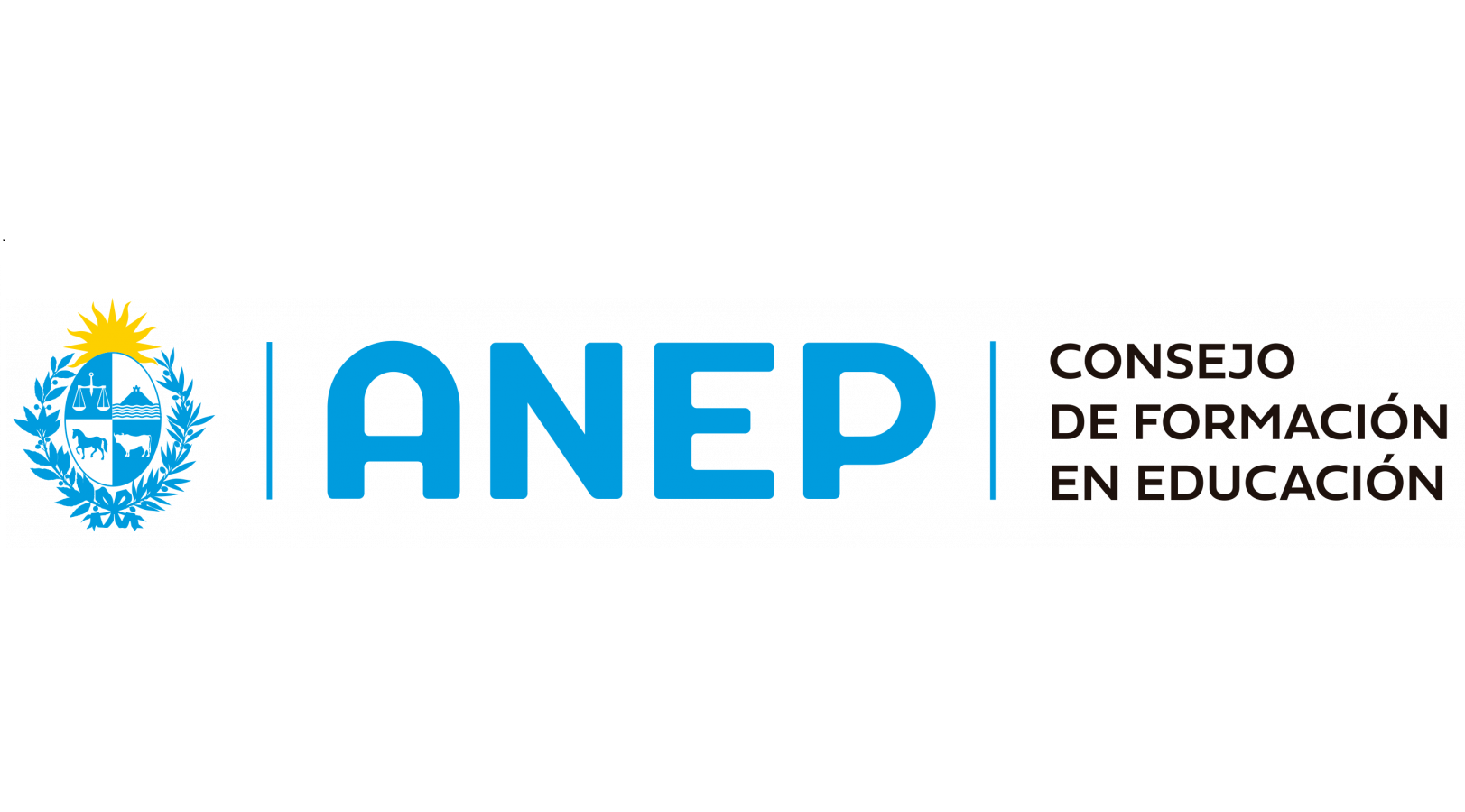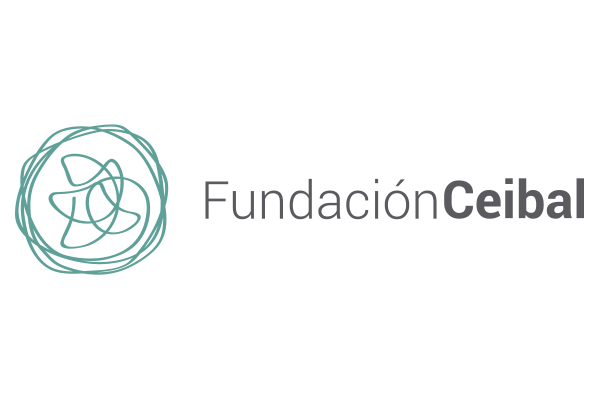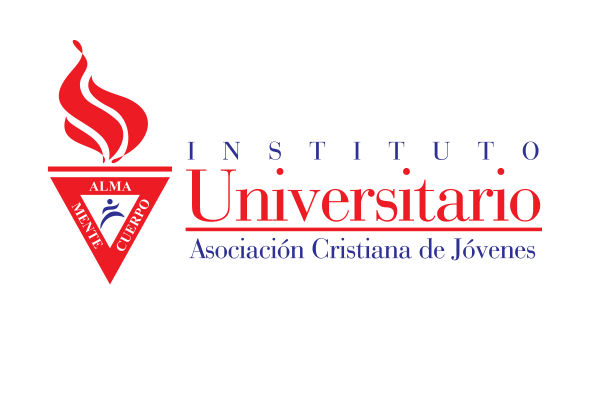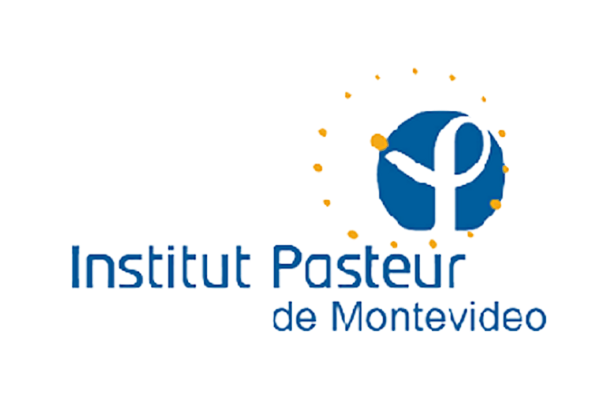Fluoride exposure effects and dental fluorosis in children in Mexico City
Resumen:
BACKGROUND The objective of the present study was to determine the prevalence and severity of dental fluorosis and to evaluate exposure to fluoridated products in students in the southwest part of the Federal District (Mexico City). MATERIAL AND METHODS Students between 10 and 12 years of age who were born and raised in the study zone were evaluated. The level of dental fluorosis was determined using the modified Dean index (DI) using criteria recommended by the World Health Organization (WHO). A bivariate analysis was performed with the χ2 test, and odds ratios (OR) and 95% confidence intervals (CI) are presented. Logistic regression was performed to evaluate the association between dental fluorosis and the independent variables. RESULTS A total of 239 students were evaluated. Their mean age was 11±0.82 years, and there were 122 (51%) males. Overall, dental fluorosis was found in 59% of participants; 29.3% had very mild fluorosis, 20.9% had mild fluorosis, 6.7% had moderate fluorosis, and 2.1% had severe fluorosis. The mean fluorosis score was 0.887±0.956. In the final logistic regression model, dental fluorosis was significantly associated with frequency of brushing (OR: 0.444; 95% CI: 0.297-0.666) and with the absence of parental supervision (OR: 0.636; 95% CI: 0.525-0.771). CONCLUSIONS The association found with frequency of brushing and lack of parental supervision may be contributing to the prevalence and severity of dental fluorosis.
| 2015 | |
| Inglés | |
| Universidad de la República | |
| COLIBRI | |
| http://hdl.handle.net/20.500.12008/11095 | |
| Acceso abierto | |
| Licencia Creative Common Atribución – No Comercial – Sin Derivadas (CC - By-NC-ND) |












